Waste Not Want Not
Mulch: A covering, of straw, compost, plastic sheeting or other materials, spread on the ground around plants to prevent excessive evaporation or erosion and to enrich the soil.
The definition of mulch is well established and clearly indicates the realm of materials that are used to enrich soil, but who says that mulch has to be just straw, compost or plastic sheeting? What about something different that offers benefits similar to traditional mulch but adds a little décor, and puts a smile on Mother Nature’s face along the way?
There are a number of mulches on the market that have not only gardening benefits but are also environmentally friendly. Companies are finding ways to put their unwanted waste materials to use instead of throwing them away, putting more stress on landfills. Our investigation into new landscape products found a few mulches that started out as one thing but ended up in the garden, making it a more beautiful place with recycled material.
Cocoa Mulch
Cocoa mulch is a waste shell from the extraction of chocolate from cocoa beans. Cocoa shells are the clean husks removed from roasted cacao beans used in the making of chocolate. The shell mulch slowly decomposes and contains approximately 2.5 percent nitrogen, 1.0 percent phosphate and 3.0 percent potash. The mulch has a soil composition that includes protein, which aids in decomposition to produce humus (decaying organic matter). Since humus is a vital part of plant life, it furnishes the plant food essential to the growth of microorganisms, without which plants cannot grow. Soils high in organic matter may have a rate of water penetration more than double that of soils with a low organic matter content. This stimulates soil, providing year-round protection.
Cocoa mulch has low acidity, making it delicate enough to use on new lawns, as well as assisting in the absorption and retention of moisture. It is 100-percent organic, and the texture of the mulch serves as a natural deterrent of slugs and snails. It can be used in the fall as surface mulch and will help prevent the damaging effects of alternate freezing and thawing by acting as a thermal barrier between the soil and the environment during the winter and spring. This allows for protection of the roots during dormancy and allows for a vigorous break. For more information go to www.hersheys.com.
Hydromulch
Hydraulic mulch (commonly known as Hydromulch) consists of small cellulose fibers that are made from 100-percent wood waste or recycled paper. Hydromulch stabilizes soil, prevents wind and water erosion and provides protection and warmth for seeds, helping them grow. It also controls weeds and reduces or eliminates the need for pesticides. Hydromulch holds soil moisture, reducing the need for watering, and the cost is comparable to virgin materials used for mulching. For more information and distributor names go to www.epa.gov.
Rubber Mulch
Rubber mulch is a durable, long-lasting mulch made from 100-percent recycled rubber truck tires. It is non-toxic, environmentally friendly and comes in a variety of colors. Rubber mulch is currently being used in commercial and residential landscaping, golf course beautification and potted plants and as park and playground covering, nature trail covering and atrium decoration.
According to researchers, rubber mulch lasts at least 10 years longer than conventional shredded wood mulches and is just as cost effective. It resists color fade, odor, rot and compaction and inhibits growth of molds and fungi, reducing allergy risks. Rubber mulch does not attract termites and other harmful insects, and it preserves ground moisture without absorption, keeping plants in good condition. In times of heavy rain, flooding or over-watering, rubber mulch will not float or erode. It also minimizes dust and does not splinter or melt. For more information go to www.rubberificmulch.com.
Vanilla Bean Mulch
Vanilla bean mulch provides potted plants with a long-lasting, decorative appearance and features a subtle vanilla aroma. It is produced from the same vanilla beans used to produce natural vanilla extract used for cooking and is taken from the orchid plant Vanilla plantifolia. After the extract has been removed from the vanilla beans, the leftover product is what makes the mulch. Vanilla bean mulch has a natural pH of approximately 5.7-6.0, is extremely stable and can be stored for long periods of time without any chemical change. Vanilla bean mulch remains dark brown, even after months of exposure to sun and extreme weather conditions, looks decorative, and gives off a scent after every watering. There is no floating or falling apart; no attraction of insects, and it is not harmful. For more information contact Distinctive Components Ltd. (800) 503-8009.
All of these mulches can add decoration, innovation and a sense of a better environment. They work similar to traditional mulches, but they add that little different touch that puts them in a new category of mulches. Some add color; while others add an aroma, but they all do the same thing in the end: enrich the soil, making plants thrive even more than they would in a healthy garden. Why not add an extra touch in the process to make your customers’ gardens look different from their neighbors’, while at the same time getting the same benefits and a smile on Mother Nature’s face.

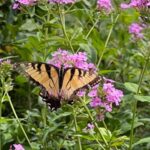
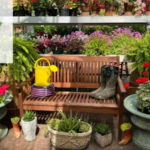
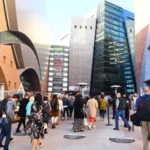
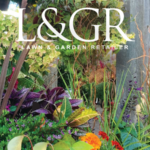

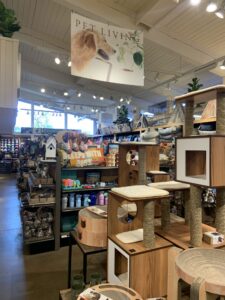
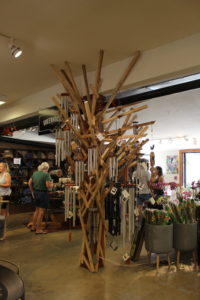
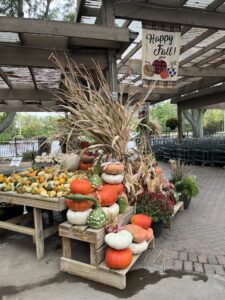
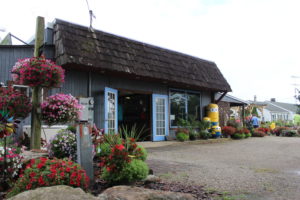
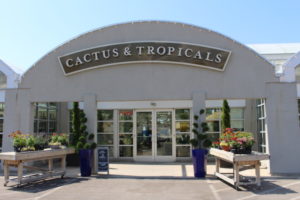
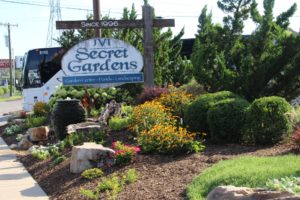
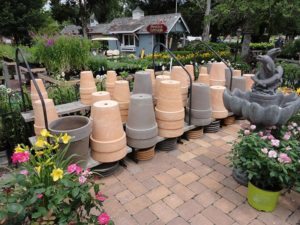
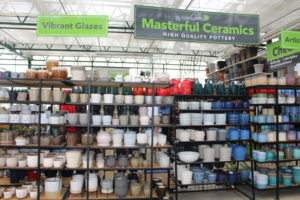
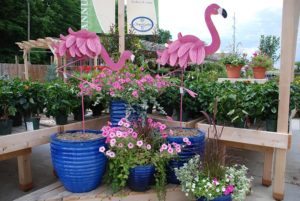
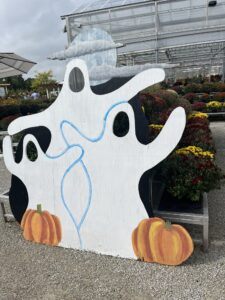


 Videos
Videos





